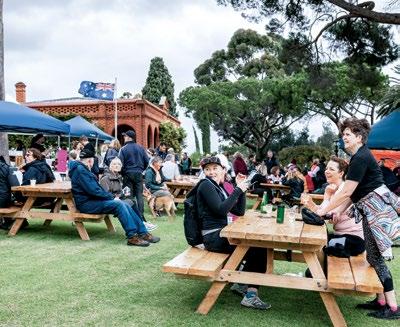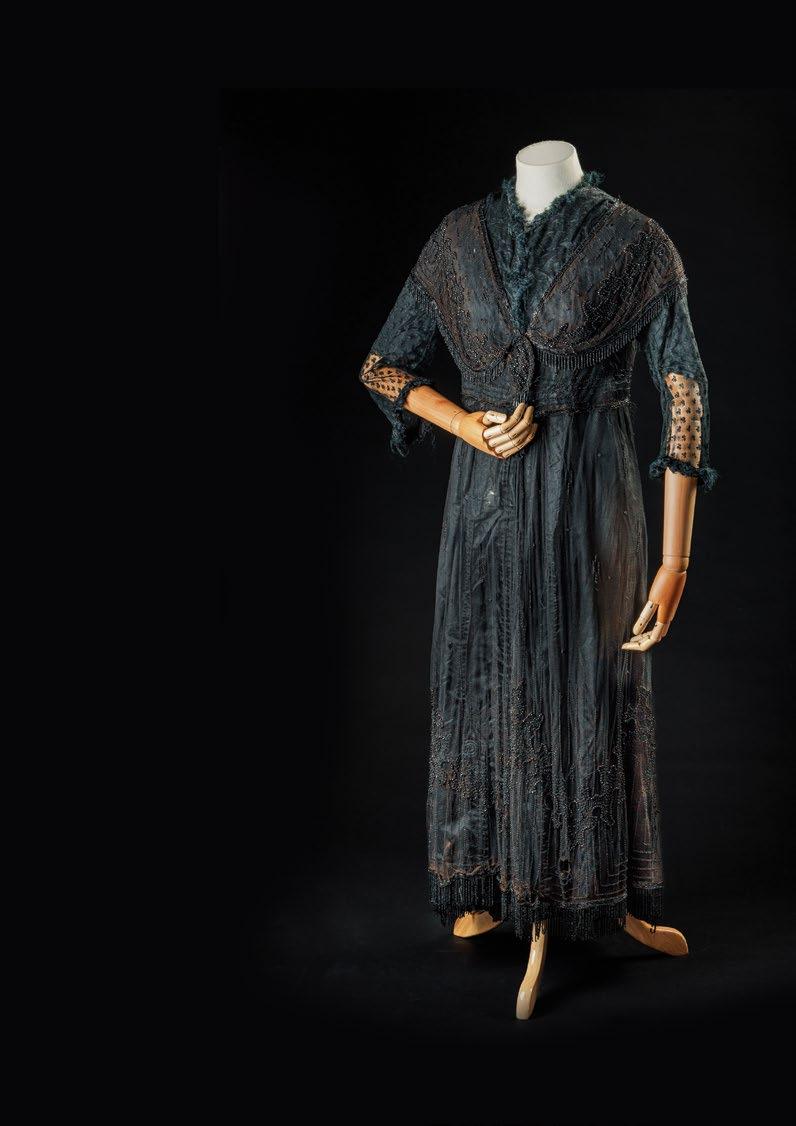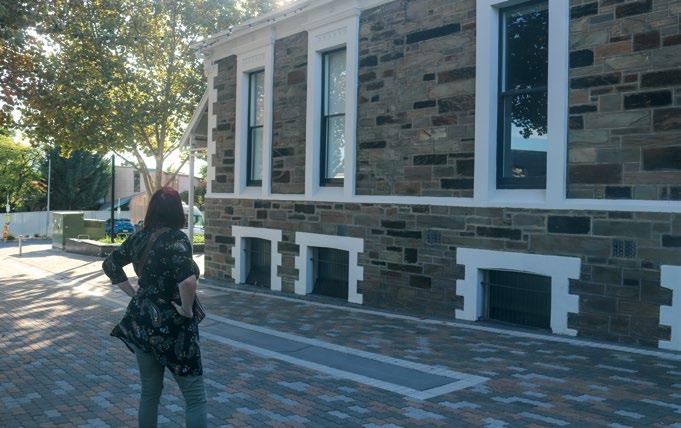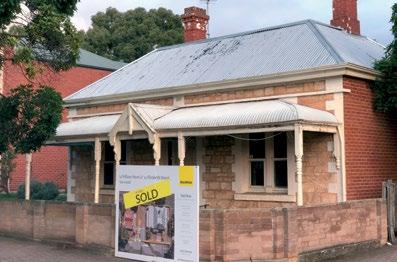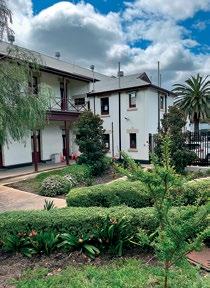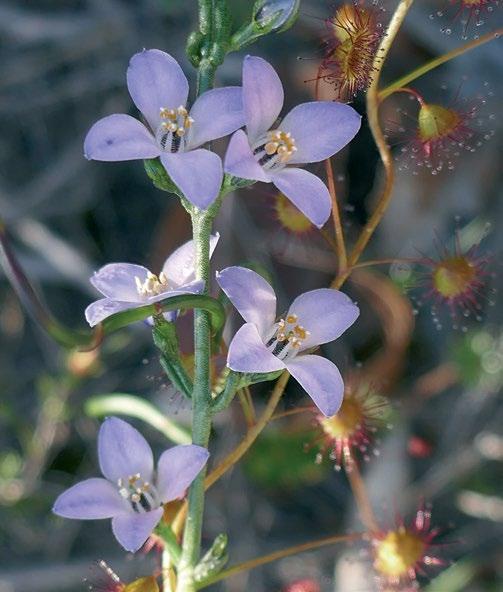
2 minute read
PIONEER WOMEN’S TRAIL WALK
Stepping out to the sound of music
Music this year put an extra spring in the step of walkers participating in one of the National Trust’s most popular annual events – the Pioneer Women’s Trail Walk.
Advertisement

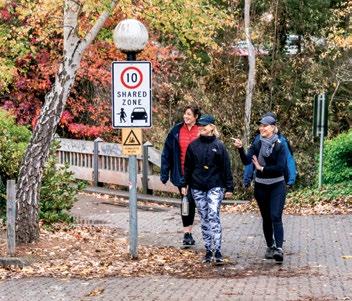
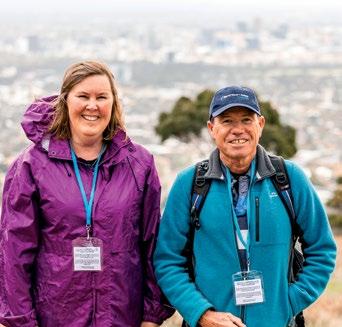
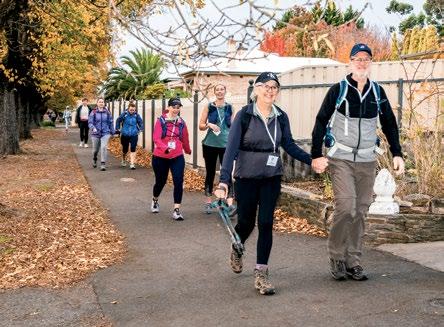
When women walked from the pioneer settlement of Hahndorf to sell produce in Adelaide some 180 years ago, they often sang hymns to keep up their spirits. People who retraced their steps in this year’s highly successful Pioneer Women’s Trail Walk were similarly encouraged by musicians performing at several stops along the way. McLaren Vale folk musician Dave Clark performed with his band at the starting point in the centre of Hahndorf. In Bridgewater, Gerry’s Ukulele Band brought a festive air and at Stirling music was provided by the Argy Bargy Bush Band. This year’s participants also encountered the ‘ghost’ of Eleonore Pfeiffer, one of the pioneer women who made the original trek. Eleonore’s great great grand-daughter, Madryn Silverlake, dressed in colonial costume to bring Eleonore’s story to life. This annual National Trust event has come a long way since around 150 people participated in the first walk. 2022 saw almost one thousand participant registrations with about two-thirds of the walkers electing to complete the entire 26 kilometre route. Hahndorf branch member, Lyndell Davidge, credits the growth in interest to the strong sense of connection between the present and the past provided by the event, and the enthusiastic support of some 30 volunteers and advances in marketing and ticketing for the event. The walk celebrates the endurance and history of pioneers in the Hahndorf area, particularly the women and girls who carried heavy baskets of fresh vegetables, butter and eggs into Adelaide for sale during the first years after German families settled in the area in 1839. They usually set out at around midnight, following paths used for millennia by the local Kaurna and Peramangk people, which passed along ridges and spurs, through Stringybark forests and down into the Beaumont foothills. First-hand accounts from the period reveal that the women often sang Lutheran hymns as they made their way, especially over the more difficult terrain. As they approached the centre of Adelaide, the women would stop at a stream to tidy themselves before offering the produce for sale in the streets, where it fetched healthy prices because of a general shortage of fresh food. Money in hand, they bought provisions and returned home. The trail they followed was resurrected by a team of National Trust members in April 1980, after the discovery of a map dating back to 1841. Whilst the trail has had to be adapted to take into account building developments and modern boundaries, it remains as faithful as possible to the original.


